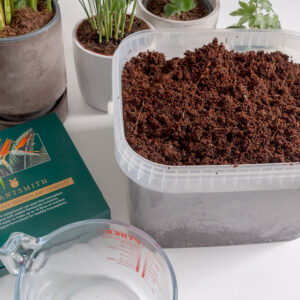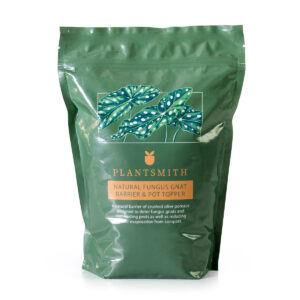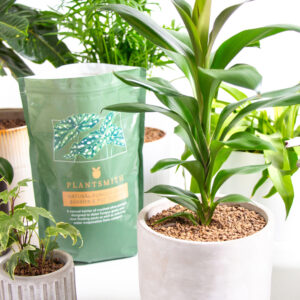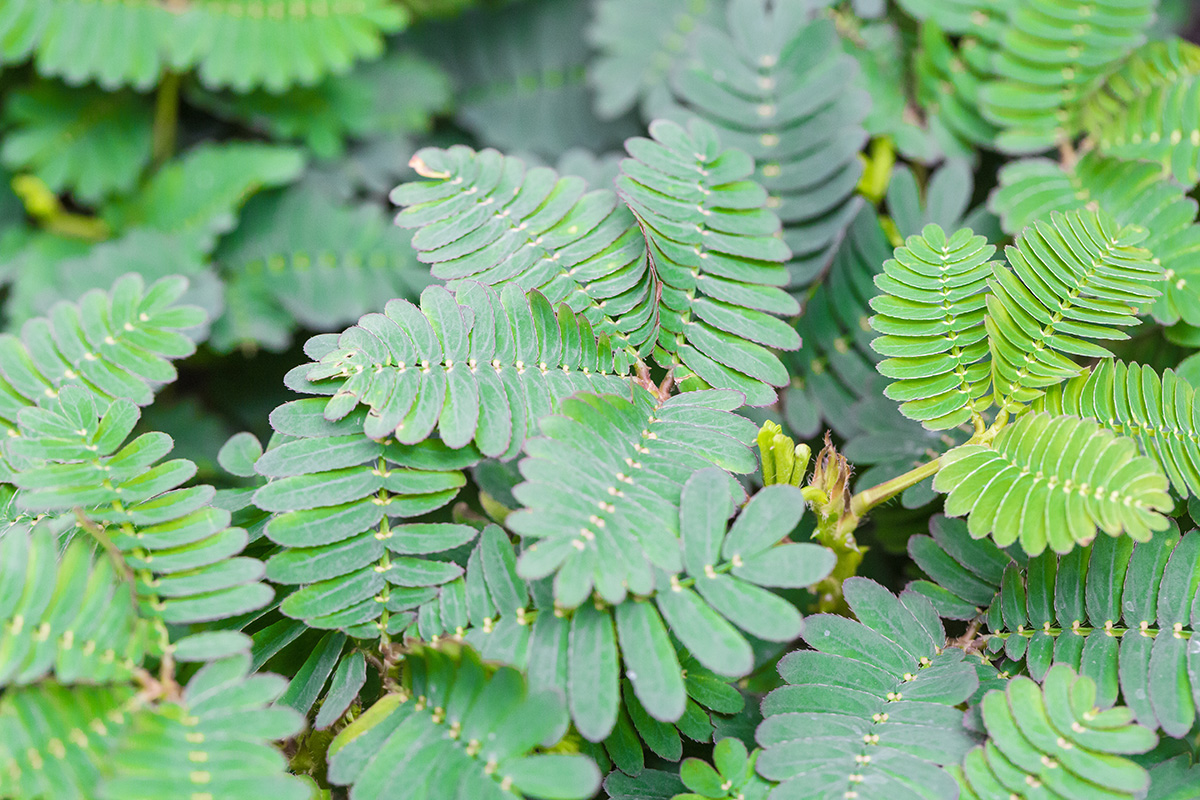Plants are amazing, they can enhance our mood, reduce our stress levels and most importantly keep us alive by converting carbon dioxide to oxygen, but some plants have adapted to their environment with various unusual features; in fact some adaptations are so unusual I like to call them super powers!
Mimosa Plant, Mimosa pudica
Super power: Sensitive to touch
The Mimosa plant has a truly fascinating super power, it is sensitive to being touched. Also known as the dancing plant or touch-me-not, its strange adaptation is actually a survival mechanism the plant uses to protect against preying herbivores. When touched the plant closes its leaves inwards, folding up like closing a book. This is due to a loss of water pressure at the leave petiole. This loss of turgor is mesmerising to watch, almost as mesmerising as the name for this phenomena: Thigmomorphogenesis!
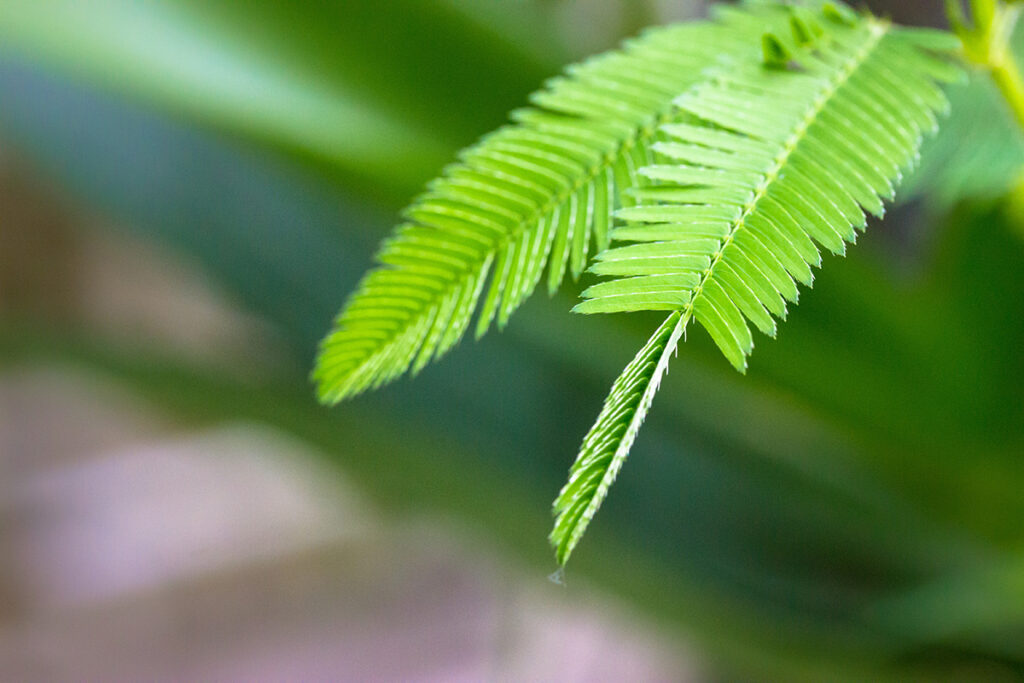
Mimosa holds the Royal Horticultural Society Award of Merit and is a fun, evergreen houseplant for the home. This amusing party trick will hold children’s attention and create some giggles but don’t over do it; curling up requires a lot of energy so if it touched constantly it will slow down or stop altogether for a while. This shut down is for self-preservation as frequently expelling energy will weaken the plant and potentially shorten its life so resist touching it for a few weeks whilst it recharges and it will bounce back.
This South American native likes a warm, humid kitchen or bathroom and will produce fluffy pink pompons reminiscent of fireworks when flowering; you can even save the seed from the pods. Although perennial, it is more common to grow Mimosa from seed annually as over time they tend to reduce their ability to furl and unfurl.
Semaphone Plant or Dancing Plant, Codariocalvx motorius
Super power: Responds to sound vibrations
Who on earth would think plants can dance but the Semaphone plant, also known as the Telegraph Plant, actually can detect vibrations and is sensitive to sound and light waves which causes its leaves to move, giving the impression of dancing.
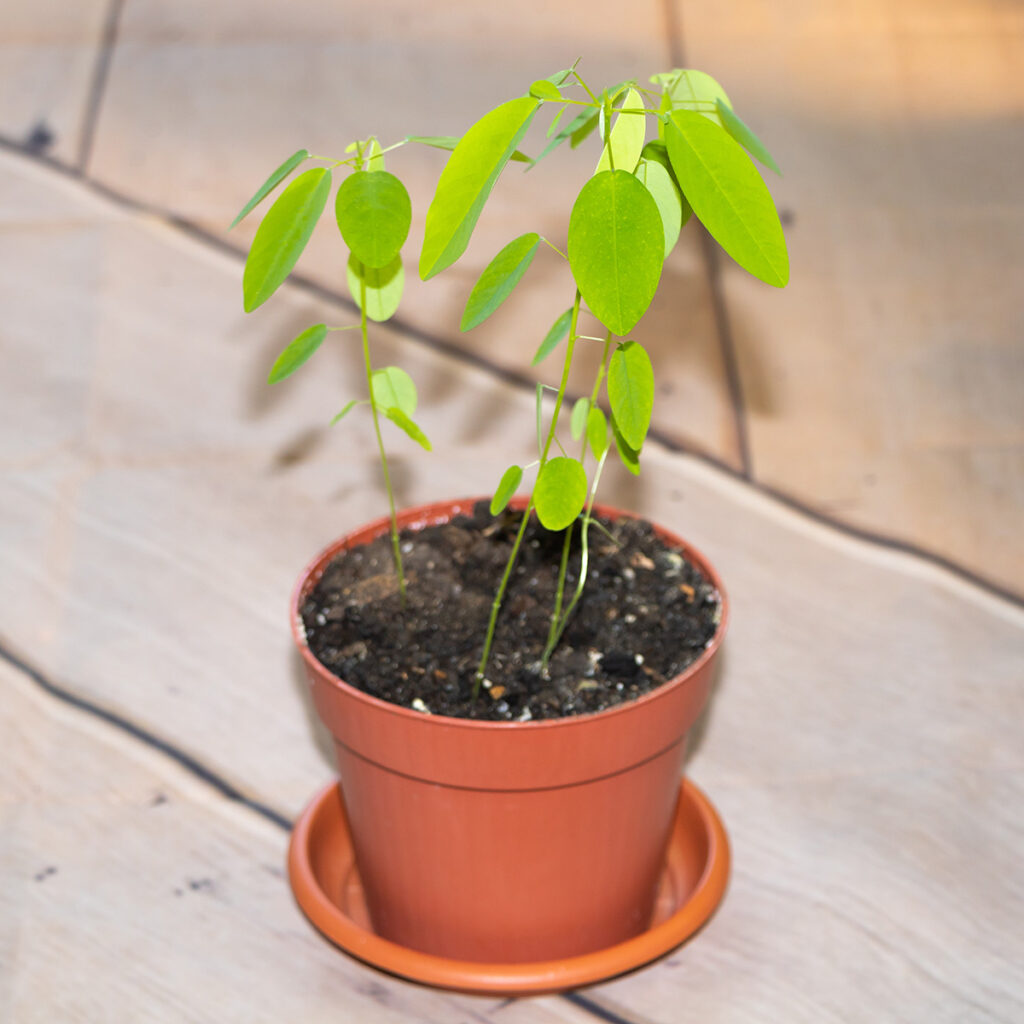
Native to Asia, this member of the pea family has hinged leaves; each large leaf is accompanied by two smaller leaflets at its base which ‘test’ out the best location to position the larger leaf, preventing wasting valuable energy constantly moving the larger leaf unnecessarily. During the day the plant will move its leaves up and down, positioning itself into the optimal spot to maximise available light.
Don’t be disappointed to discover that leaves often move in a slow graceful manner rather than fast, jerky movements of a plant at a rave but for a plant they are surprisingly rapid paddle-like movements. What a great excuse to grow one from seed and try it out!
Ficus macrophylla, Strangler fig, Moreton Bay fig or Australian banyan
Super power: Grows its own supports
Ficus macrophylla f. columnaris, is a tropical and subtropical evergreen tree that can grow to a phenomenal size. Warm, highly humid environments will have Ficus rocketing up to 12 metres tall and its aggressive roots are deemed invasive throughout America and Hawaii as they can easily grow through masonry.
The largest recorded specimen is at ‘Auntie Sarah’s Banyan’ at the Menehune Botanical Gardens near Nawiliwili, Kauai, Hawaii, measuring a staggering 33.5m tall with an enormous 76m crown, support by around 1000 aerial roots. Nature really is amazing.
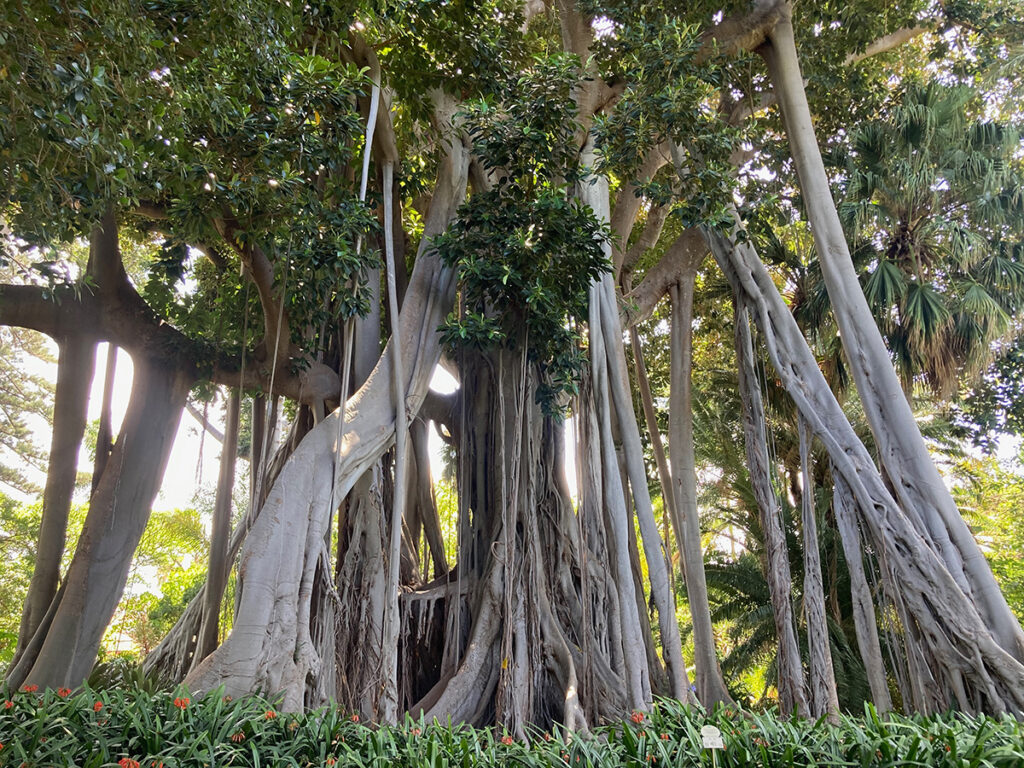
The huge trunk boasts attractive smooth grey bark. As its size increases, the tree throws out aerial roots to prop itself up and when these aerial roots reach the ground they thicken up in to new trunks which then help support the crown. The tree limb’s appearance is a cross between spooky and jaw-dropping majestic presence which drapes from the sky to the soil.
The most impressive example I have seen is at the Jardín de Aclimatación de la Orotava, Puerto de la Cruz, Tenerife. These spectacular giants are over 200 years old and rely on fig wasps for pollination.
Fig trees are incredibly popular houseplants so if you want to increase your collection try a more manageable sized fig. Ficus microcarpa, the Chinese banyan, is often used in bonsai and makes a fabulous ornamental plant for the home.
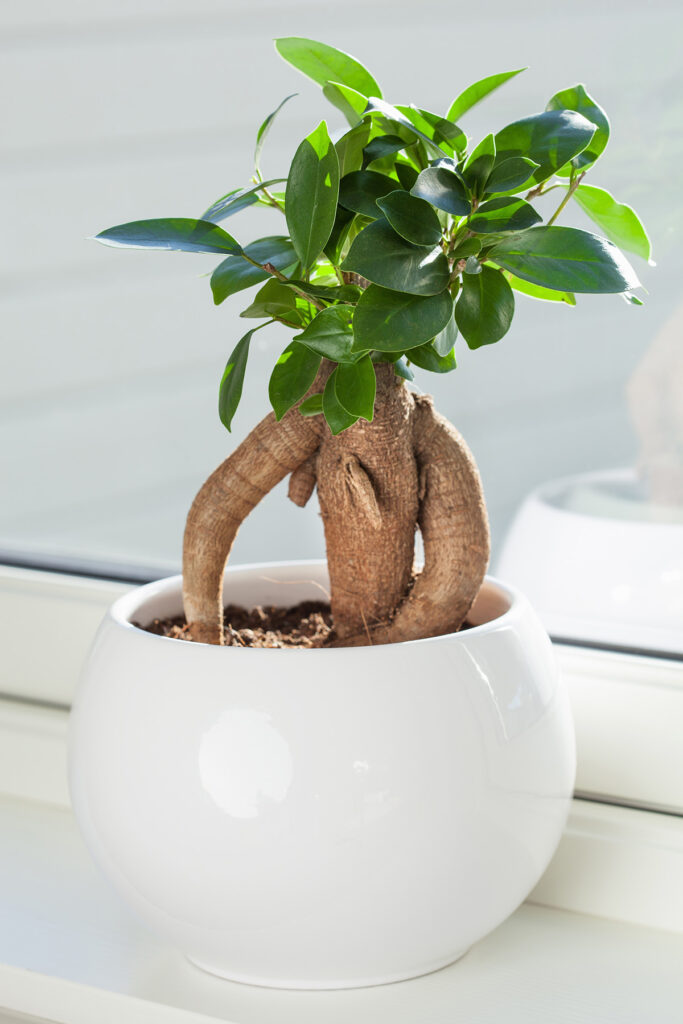
Spanish moss, Tillandsia usneoides
Super power: Survives without soil or roots
First things first, Spanish moss is not Spanish or a moss but in fact a bromeliad native to Southern America, the Caribbean and South America. Known as Itla-okla, ‘tree hair’ by locals, it was renamed by French colonists to ’barbe Espagnol’, or ‘Spanish beard’ as it was reminiscent of the Spanish conquistadors.
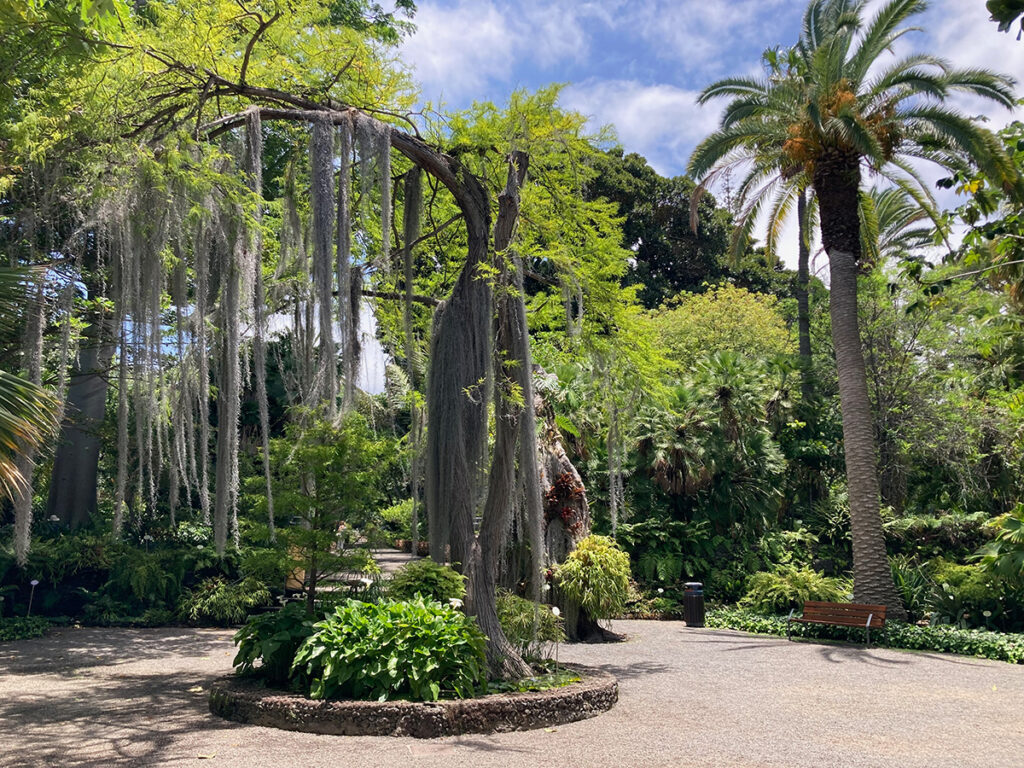
This soilless, rootless bromeliad is an epiphyte which means it grows on the surface of another plant, using its host for support but takes its nutrients and water from the surrounding air via tiny scales called trichomes on its leaves. These trichomes give the plant its silvery sheen.
Spanish moss clings to mature trees and is particularly fond of oak and bald cypress in swampland or lowland regions but does not harm its host. It can also derive nutrients from ageing trees shedding cells so our houses pose a growing challenge.
Indoors, I hang Spanish moss from a giant Monstera deliciosa and regularly mist it. Then, once a week it gets plunged in a tub of rainwater. Spanish moss thrives in high humidity so getting the conditions right inside can be difficult. If your Spanish moss is looking a bit sad, hang it outside on a tree so it can absorb moisture from the air. Spanish moss certainly makes for an unusual houseplant.
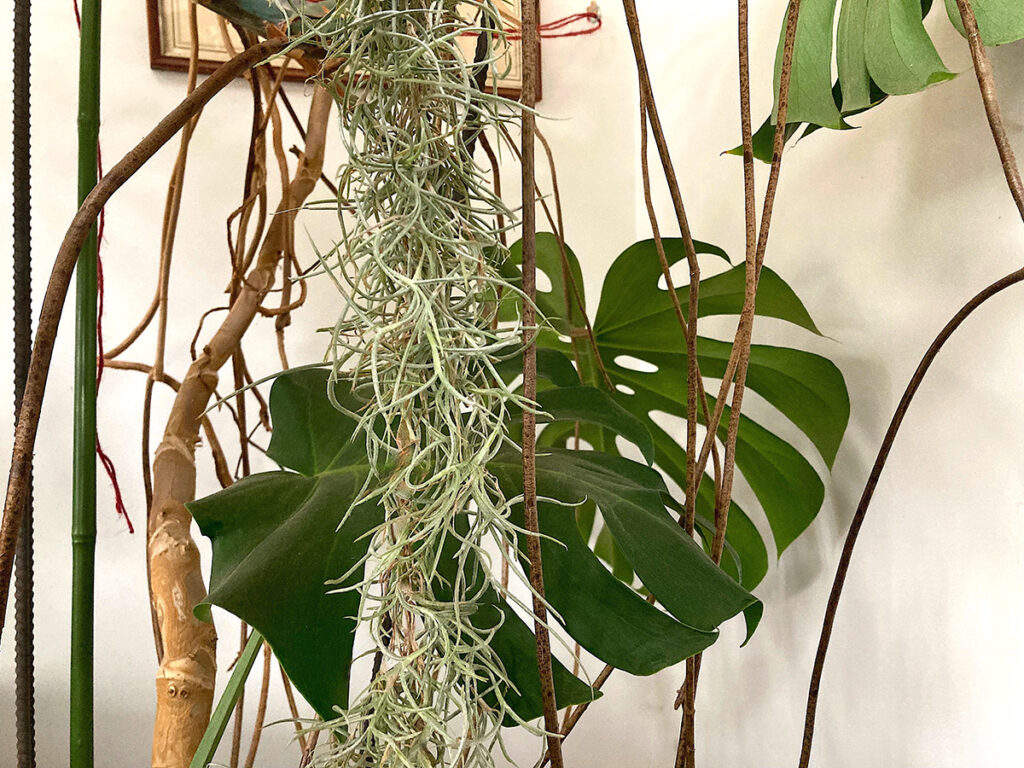
Aloe vera
Super power: The power to heal
The power to heal is perhaps the most powerful super power of all and although many plants can claim to have healing properties Aloe vera exceeds all expectations; its antiseptic, anti-inflammatory and anti-bacterial properties protect and heal skin, treating spots, scrapes and minor burns, and make an excellent cooling aftersun.
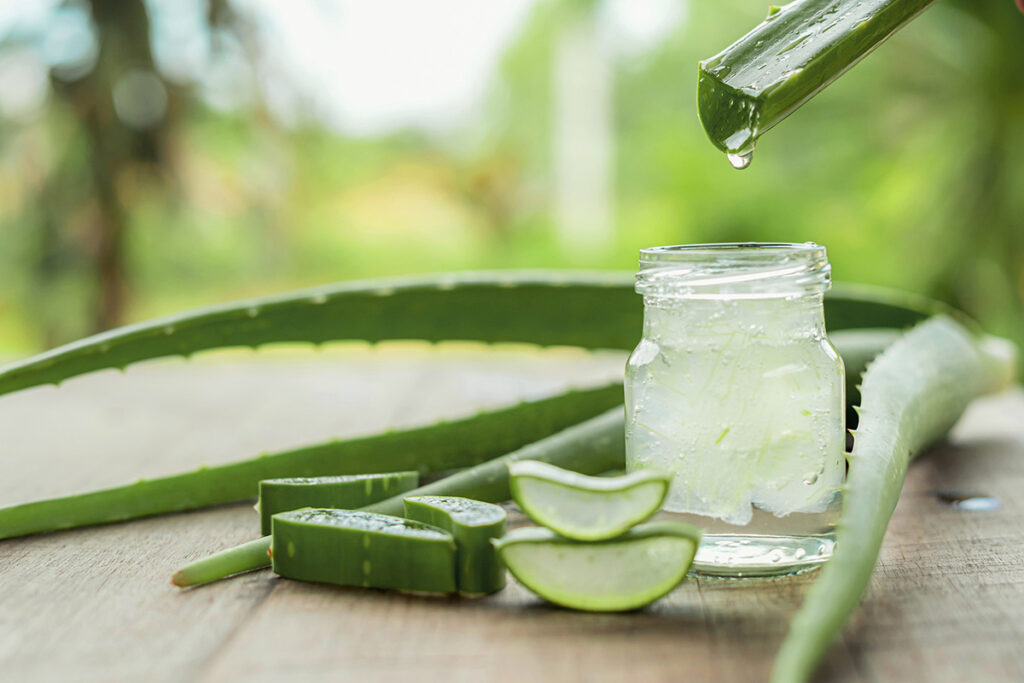
Growing up, there was often an Aloe vera in the kitchen ready to have a sacrificial slice cut off to treat our teenage skin with the cool, clear gel. If you are looking for pure, natural skin care, look no further, nature has it covered. Aloe vera has been coveted for 1000s of years by ancient Egyptians and Chinese civilisations and legend has it that philosopher Alexander the Great was persuaded by Aristotle to conquer the island of Sócrotora so they could obtain a bumper supply of Aloe vera to heal soldiers’ wounds.

